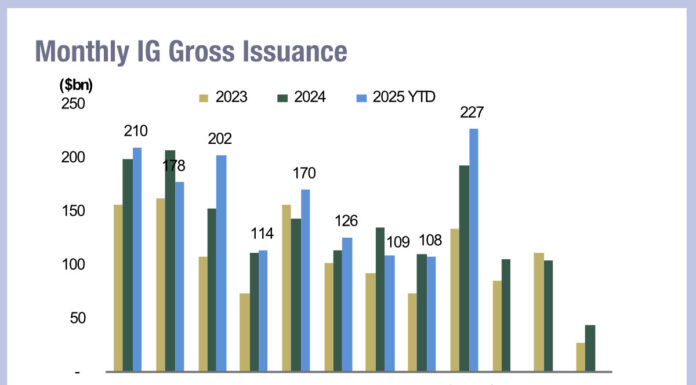Moving away from crisis-driven monetary actions, the Bank of England plans to manage liquidity through repurchase agreement (repo) practices rather than by purchasing large quantities of government bonds at pace, according to a senior official.
During a speech given at the Association for Financial Markets in Europe (AFME), Victoria Saporta, the recently appointed executive director for markets at the Bank of England, outlined the importance of preparing for the normalisation of the Bank of England’s balance sheet after a period of extraordinary monetary policy actions.
“Both we, the Bank, and you, the market, need to prepare ourselves for increased usage of both our short-term and long-term repo operations,” she stated.
The Bank welcomes the increased use of short-term repo (STR) to ensure interest rate control as the balance sheet is normalised, Saporta said. However, in order to generate sufficient reserves to establish a steady, demand-driven operating framework, other mechanisms need to come into play alongside this.
Asset purchases and lending should be conducted through repo agreements, she continued, sharing that the Bank is reviewing the calibration of its Indexed Long-Term Repo facility (ILTR) to ensure it is capable of supporting a potentially large provision of reserves.
The process of moving from an environment of surplus reserves to a demand-driven framework is already in motion, Saporta assured, but noted that the accuracy of estimates of the preferred minimum range for reserves demand may be inaccurate.
“It’s important therefore that our facilities are robust to this uncertainty, and that firms step up their preparations to ensure they are ready to use them sooner rather than later,” she warned. “The point at which banks will be required to borrow reserves to satisfy their payments and precautionary demand is firmly in sight.”
As such, the Bank welcomes increased use of its STR and ILTR facilities as it continues the transition.
Saporta concluded her speech with the assertion that firms need to be prepared to use STR and ILTR facilities as the Bank adjusts its liquidity approach.
“It will be important to have ensured you have been through the relevant testing and then by using the facilities, considered your collateral pre-positioning, and that you have considered how our facilities can play a key role in your day-to-day liquidity management,” she said. “I ask that you ensure you are signed up, operationally ready, and have positioned sufficient collateral to use in both BAU and in stress.”
Commenting on Saporta’s speech, Alex Knight, head of EMEA at Baton Systems, said: “This major move means financial institutions must gear up for a new wave of liquidity management. The transition isn’t just about adapting, it’s about banks leading the charge in a fast-moving market, streamlining operations, reducing costs, and ultimately maximising the use of their assets. Only by making these operational changes can banks harbour any hope of meeting these BoE liquidity demands without maintaining excessive buffers.”
©Markets Media Europe 2024
©Markets Media Europe 2025












